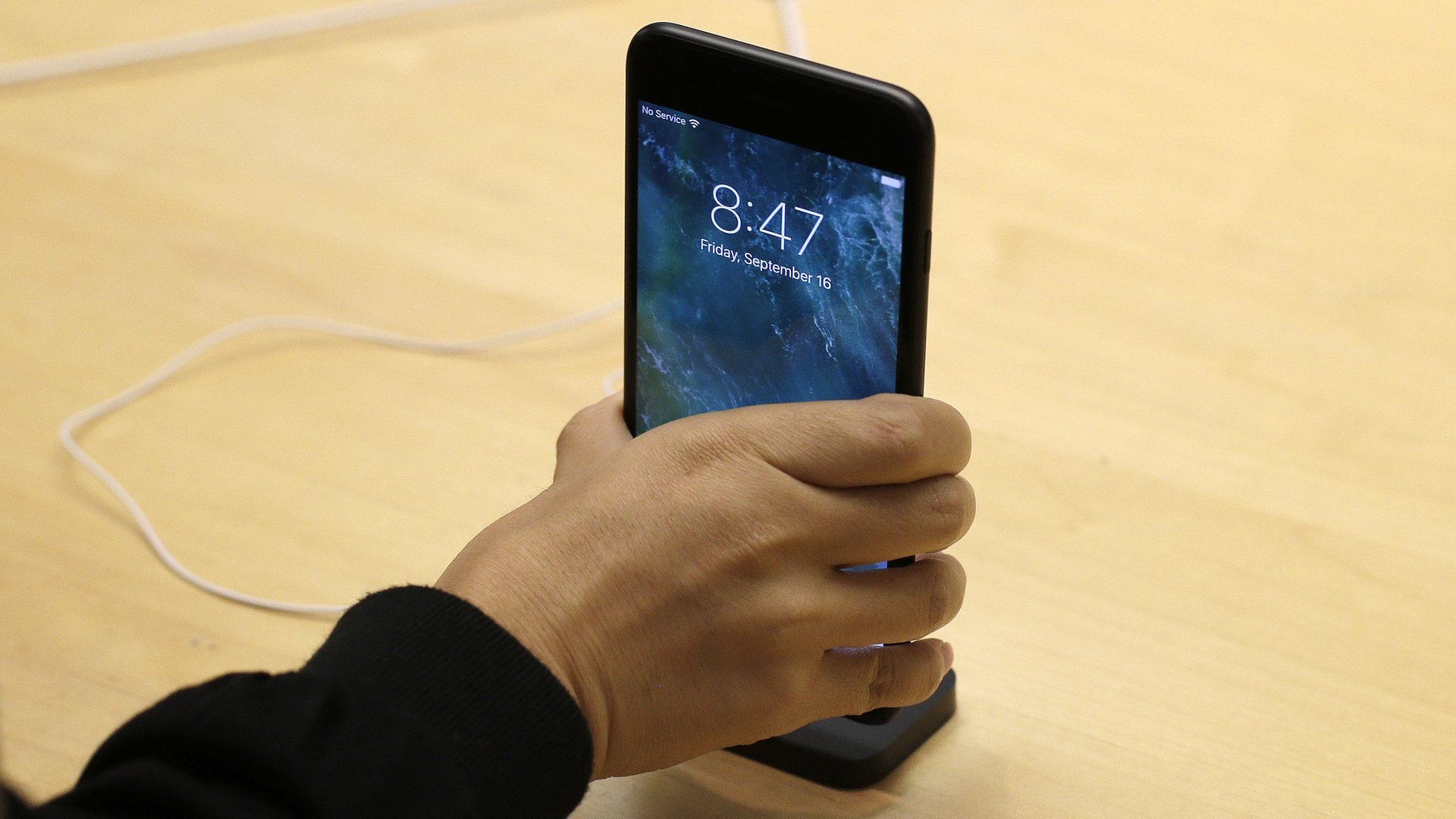The once-mocked iPhone Plus has proven to be Apple’s best bet in years
For the first seven-or-so years of its existence, the iPhone was a reasonably sized smartphone that fit relatively easily into most people’s hands. Then it started to get taller, and then wider, and finally Apple decided that there should be a second, larger, model called the Plus. Even before it was released, it was mocked as a “phablet”—a device somewhere between a phone and a tablet in size, wasn’t exactly either device.


For the first seven-or-so years of its existence, the iPhone was a reasonably sized smartphone that fit relatively easily into most people’s hands. Then it started to get taller, and then wider, and finally Apple decided that there should be a second, larger, model called the Plus. Even before it was released, it was mocked as a “phablet”—a device somewhere between a phone and a tablet in size, wasn’t exactly either device.
And although it maintained a relatively small-but-ardent following since the first Plus model, it’s never really had much of a unique selling point, beyond a slightly larger screen to watch videos on. That changed with the iPhone 7 Plus. With its dual rear-facing cameras, it was able to provide iPhone users with actual optical zoom (where you can zoom in when taking photos twice as far before the image turns to a pixellated mess), and the ability to create portrait photos that almost look like there were taken on a professional camera.
It seems that consumers agreed, because although the new iPhones shed their traditional headphone jacks, Apple sold a record number of iPhones in the quarter, the company announced on its earnings call today.
“iPhone had a tremendous quarter,” CEO Tim Cook said on the earnings call. He suggested that demand for the iPhone 7 Plus had been particularly strong, later adding that the Plus “set a unit record,” selling comparatively more than any previous Plus model had. This is reflected by the fact that the average price of an iPhone jumped this quarter by the largest amount since the Plus was introduced. An iPhone 7 Plus costs $120 more than an iPhone 7 with the same amount of storage, suggesting that more people bought a Plus model this quarter than in recent quarters.
Since its launch in 2015, the Plus model has coincided with the largest first-quarter increases in Apple’s revenue in the company’s history. According to analytics site Flurry, the “phablet” has now become one of the most common form factors for smartphones across the world, suggesting Apple jumped on the bandwagon at just the right time.
And it’s possible to argue that the larger-sized iPhone has proven to be Apple’s best bet in recent years. Its iPad tablet business is slowly declining, and other recent bets, such as the Apple Watch, the company’s first foray into wearable technology, has not proven to be a breakout hit like the iPhone or iPod before it, or even the iPad. By offering two sizes—or three, if you count the smaller iPhone SE—Apple seems to have found models to fit most people’s hands, and ways to differentiate the models beyond just their sizes. (That being said, there’s a possibility that Apple’s strong 7 Plus sales were at least in part driven by the fact that its closest competitor, the Samsung Galaxy Note 7, had a bit of problem keeping itself from exploding.)
There are rumors that the next iPhone release will also feature a “Pro” model—possibly offering more tablet-like features—and an even larger 5.8-inch screen. Perhaps after an initial backlash, we’ll be looking back on our current Plus models in a few years wondering how we got by with such tiny screens.